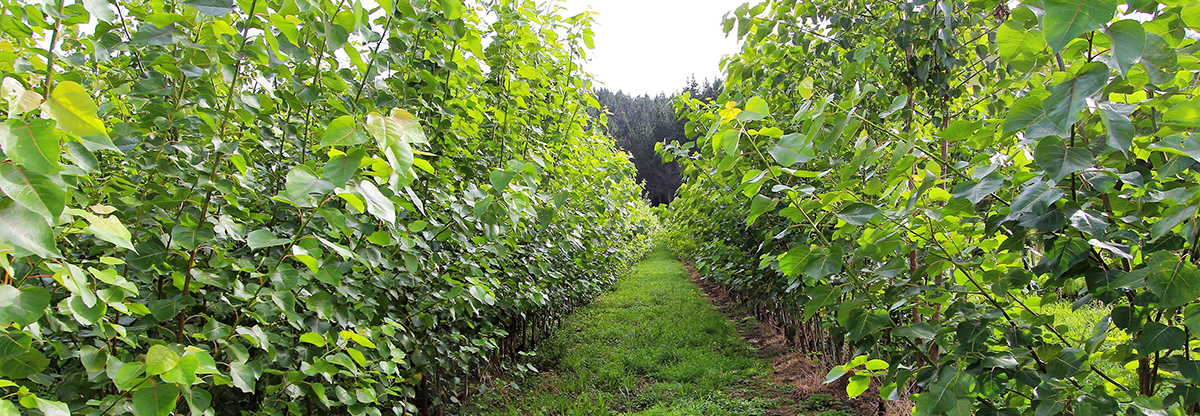Story
Orders for poplars and willows, and planting grant, open

Poplars at the council’s Mata nursery.
Orders are open for Northland Regional Council’s erosion-control poplars and willows.
The council offers subsidised poplars and willows for sale as three metre poles, 1.5 or two metre stakes, or one metre wands every autumn before the winter planting season.
Northland Regional Councillor Rick Stolwerk says poplars and willows offer many benefits.
“They stabilise pastoral hill country, sequester carbon, provide timber, reduce sediment runoff, improve water quality, provide stock shade and enhance the farm environment.”
“One of the key benefits these trees offer is their ability to stabilise land to help hold fertile soil in place. No farmer wants to see fertile soils eroding and washing away into rivers and estuaries.”
Eroded sediment is Northland’s biggest natural pollutant. The Bay of Islands loses about 500,000 tonnes of sediment through erosion each year, and about 700,000 tonnes – seven times the natural rate – flows into the Kaipara Moana each year.
Councillor Stolwerk says poplars and willows are ideal for tackling erosion because they have extensive root systems that bind soil. The root structure of poplars makes them better suited to controlling hill country erosion, whereas willows are well suited to gully and streambank erosion.
“We’re often asked why we use poplars and willows instead of natives. Poplars and willows grow fast, so they become effective at controlling erosion more quickly than slower-growing natives. They also work well on a farm, because grass will grow underneath and you can continue to use the area for pasture once the trees are established. For landowners who want to return eroding land to native cover, poplars and willows can provide an initial stabiliser while slower-growing natives get established.”
Councillor Stolwerk says the council’s poplars and willows are sterile modern varieties specially bred to avoid wilding and unwanted spread.
“Historic planting of brittle crack or grey willows around waterways has caused problems with branches breaking off and growing downstream. We don’t grow these kinds of willows. Our modern varieties are sterile and have flexible branches that don’t easily break off.”
With the subsidy, prices for the poplars and willows range from $5.75 per pole to $1.15 per wand (GST inclusive). The subsidy is available for orders of 20 or more trees for erosion control. Protective sleeves are available at $8.60 each (GST incl.).
Demand usually outstrips supply, so order sooner rather than later.
A planting subsidy is also available to help farmers fund a contractor to get their council poplars into the ground. The subsidy offers up to $7 per pole and $1 per stake or wand.
Councillor Stolwerk says requesting the planting subsidy is easy.
“There’s a tick box that pops up on the expression of interest form for ordering poplars if you indicate that you want them for hillside erosion control.”
For more information on Northland Regional Council poplars and willows, and the planting grant, visit nrc.govt.nz/orderingpoplars or contact our Land Management team on 0800 002 004 or by email:
- nursery@nrc.govt.nz (for poplar and willow orders)
- landadmin@nrc.govt.nz (for planting grant enquiries)
